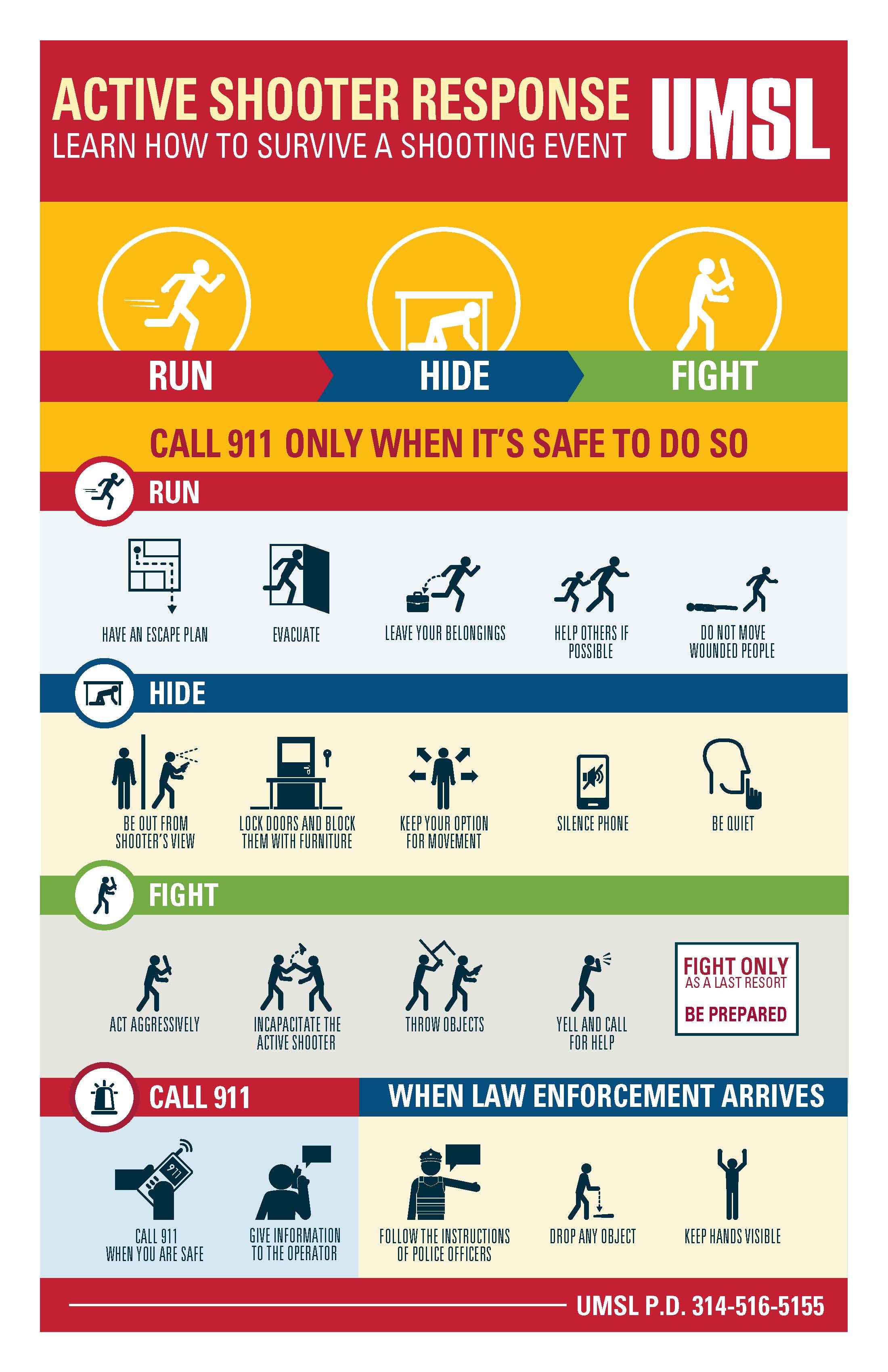Comprehensive Active Shooter Training Programs for Schools and Offices
Comprehensive Active Shooter Training Programs for Schools and Offices
Blog Article
Implementing Active Shooter Training: Best Practices for Producing a Safe and Prepared Neighborhood Setting
As communities face the unsettling truth of energetic shooter cases, the implementation of detailed training programs ends up being vital. An effective approach hinges on not only the advancement of tailored curricula that attend to neighborhood threats but also the participation of diverse stakeholders. By employing a selection of training approaches, neighborhoods can guarantee that all members are furnished with important abilities. Nonetheless, the obstacle depends on preserving an adaptive framework that progresses with arising hazards. What are the vital aspects that can transform a common training program right into a durable version for neighborhood strength?

Comprehending the Need for Educating
In a period marked by raising events of physical violence in public spaces, recognizing the need for active shooter training has actually never been a lot more essential. Extensive training campaigns can gear up individuals with the expertise and skills to react decisively.
Training cultivates a feeling of empowerment and readiness, allowing individuals to really feel even more protected in their surroundings. The benefits of active shooter training extend beyond immediate response; they include enhancing communication protocols and improving total safety steps within organizations.
Secret Elements of Effective Programs
Efficient active shooter training programs include numerous key parts that boost preparedness and response capacities. Initially, extensive educational program advancement is necessary, making sure that training content matters, evidence-based, and tailored to the specific demands of the organization or area. This includes recognizing the dynamics of energetic shooter events and the emotional impact on individuals entailed.
Second, practical training situations should be utilized to replicate potential circumstances, permitting participants to practice decision-making and feedback strategies in a controlled setting. These drills facilitate muscle mass memory and construct confidence amongst individuals.
Third, a concentrate on interaction methods is important. Establishing clear lines of communication amongst police, emergency situation -responders, and individuals ensures collaborated responses during an incident. Normal updates and refresher courses aid keep communication paths clear and effective.
4th, continuous evaluation and responses devices should be integrated into the training program - active shooter training. Evaluating the effectiveness of training through individual feedback and efficiency metrics enables for continual improvement
Finally, promoting a society of safety and preparedness within the community encourages watchfulness and proactive steps, making sure that people are not only skilled yet likewise taken part in preserving a safe setting.
Engaging Neighborhood Stakeholders

To efficiently involve these stakeholders, it is necessary to communicate the purposes and benefits of the training. Organizing informative sessions can help clear up the training's objective, address worries, and detail the roles each stakeholder might play. Developing a stakeholder consultatory committee can help with recurring discussion, permitting for varied perspectives and understandings to be incorporated into the training program.
Structure connections with neighborhood leaders and companies is also critical. Their assistance can improve outreach initiatives, increase participation, and ensure that training is customized to the special requirements of the neighborhood. In addition, stakeholders can help in disseminating info and resources, reinforcing the message of safety and preparedness.
Eventually, involving area stakeholders not just strengthens the training initiative however likewise grows a feeling of possession amongst homeowners, leading to a more resistant and informed community efficient in responding efficiently to prospective dangers.
Training Delivery Approaches
Making use of a range of training shipment methods is important to accommodate the varied understanding designs and demands of individuals in active shooter training programs (active shooter training). Effective training can take numerous types, including talks, hands-on simulations, on the internet modules, and interactive workshops. Each method offers Get the facts a special purpose and can enhance the total discovering experience

On-line modules offer versatility and access, making it possible for participants to discover at their very own speed. These can consist of video clips, tests, and conversations to evaluate understanding. Interactive workshops urge seminar and problem-solving, promoting team effort and interaction abilities.
Incorporating a Get More Information mixed strategy that incorporates these methods not only enhances the training experience yet additionally guarantees that participants are much better prepared to react effectively in the event of an active shooter circumstance (active shooter training). By addressing various discovering preferences, companies can create an extra informed and responsive neighborhood
Continual Analysis and Improvement
Regular analysis and enhancement of energetic shooter training programs are important to preserving their relevance and effectiveness. As risks progress, so have to the techniques and methods utilized in training. Continuous evaluation ensures that training content reflects the latest intelligence on energetic shooter cases, integrating lessons gained from current occasions and changing for emerging trends.
To facilitate this procedure, companies must establish feedback mechanisms that consist of individual examinations, professional reviews, and occurrence debriefs. Gathering data on individual performance throughout drills and exercises is important, as it highlights locations requiring renovation and educates future training sessions. In addition, involving with legislation enforcement and emergency -responders can give beneficial insights into the functionality and applicability of training procedures.
Frequently arranged reviews of training materials and techniques ought to be mandated, fostering an environment of advancement and versatility. Organizations must additionally urge a moved here culture of ongoing knowing, where staff members feel encouraged to suggest adjustments based on their experiences. By dedicating to continuous examination and improvement, companies not only improve the performance of their active shooter training programs yet additionally reinforce their total dedication to security and readiness within the area.
Final Thought
In conclusion, effective implementation of active shooter training necessitates a comprehensive method that prioritizes community interaction and sensible simulations. Eventually, a dedication to ongoing training and improvement cultivates a culture of caution and readiness, ensuring a safer atmosphere for all neighborhood members.
Report this page